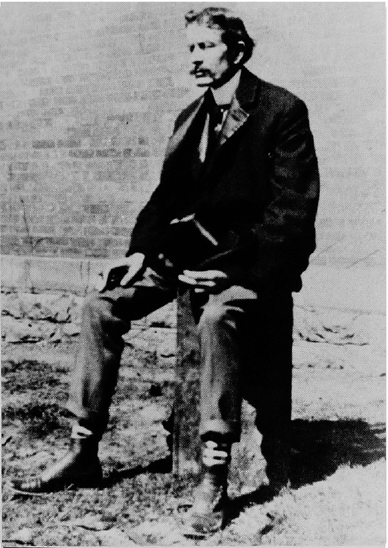

Dad in his early days as a traveling salesman. He started out peddling sewing machines off the back of a wagon. (IBM Archive)
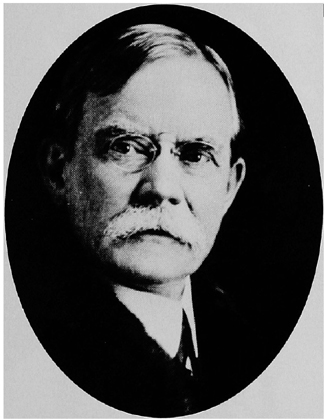
John H. Patterson, owner of National Cash Register, around 1900. (IBM Archive)
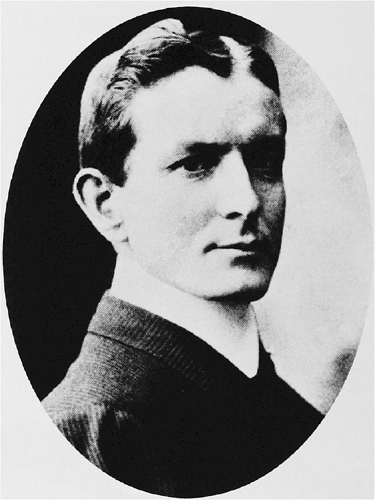
After a few years working for Patterson, Dad learned how to dress like a businessman. (IBM Archive)
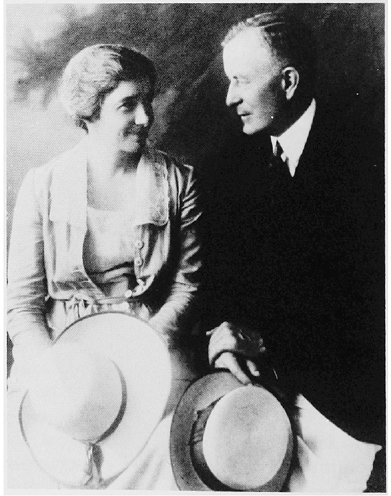
My mother and father at the time of their marriage, 1913.
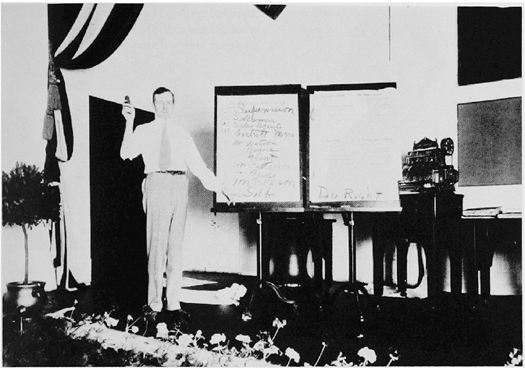
Dad rallying the National Cash Register sales force in 1913. (IBM Archive)
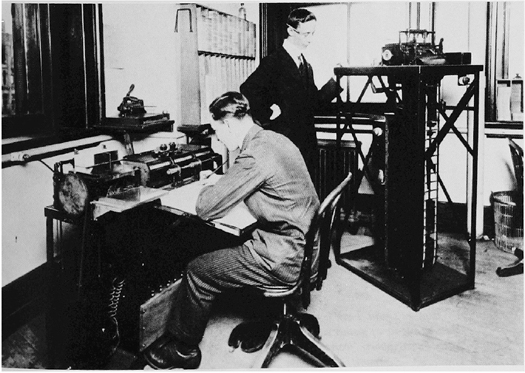
An installation of Hollerith machines. This primitive punch-card equipment was what attracted Dad to the Computing-Tabulating-Recording Company in 1914. (IBM Archive)

Myself at age four. I have no recollection of the checked coat, but I loved canes—my father always carried one.

I’m mad; he’s mad. I can remember him saying to my mother standing by the photographer, “Jeannette! No more!” (IBM Archive)

Dad was an early home-movie buff. He had his chauffeur film us playing skin-the-cat.

Dick, Helen, Jane, and I during our first trip to Europe. Mother and Father parked us with a governess in Bournemouth, England, and traveled all over the Continent setting up small sales offices.
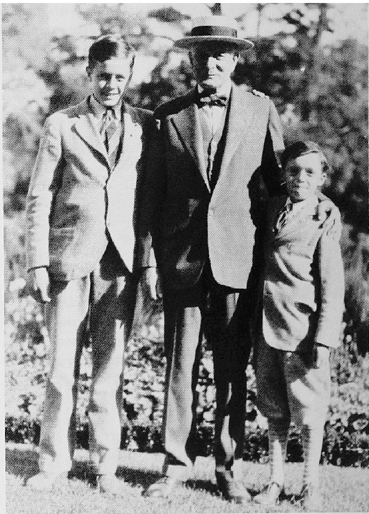
My brother was so proud to be photographed with Dad and me. Even when Dick was little he showed neatness and flair; I was sloppy and could never get my clothes straight.

Our family returning from Europe aboard the ocean liner Aquitania in 1929, one month before the stock-market crash. (IBM Archive)
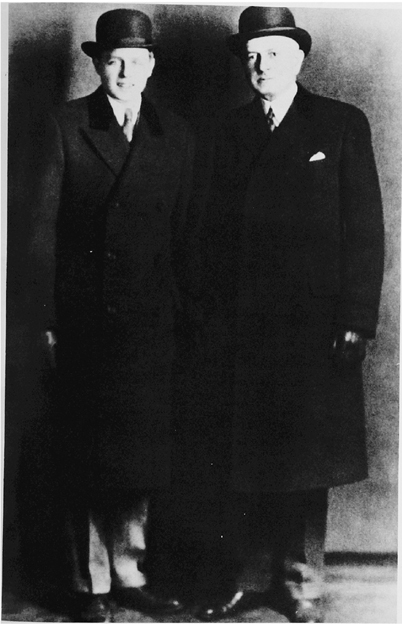
I was all of thirteen years old in this picture. My father insisted that I dress in a man’s suit and go with him to an IBM sales meeting. (IBM Archive)

The CTR produci line in 1920. The machines are laid out clockwise in order of how much money they made: time equipment was most profitable, scales second, and punch-card machines, at lower left, were just a small business then. (IBM Archive)

The 1925 Hundred Percent Club convention in Atlantic City. Probably my father barely knew the salesman he was greeting, but he shook the fellow’s hand as though he were the last man on earth. (IBM Archive)
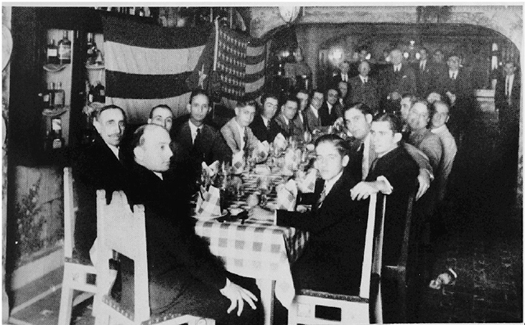
A company luncheon in Cuba, 1931. Dad is at the far end of the table. He nurtured sales operations all over the world with the vision that IBM would someday be big. (IBM Archive)

The IBM country club at Endicott, New York. Any employee could join for a dollar a year. (IBM Archive)

A local sales office in 1924, the year IBM got its name. Both storefront and men look sharp, the way Dad liked. (IBM Archive)
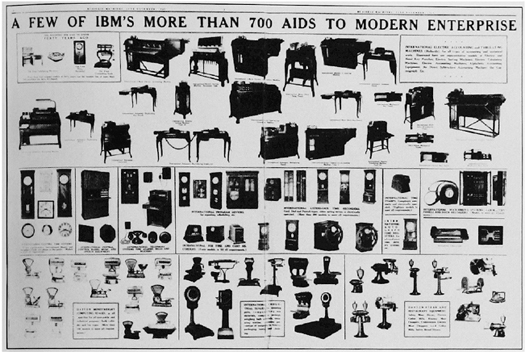
The IBM product line in 1933, the year I started college. By this time, tabulating machines had risen to the top, and scales were at the bottom. We’d added meat slicers and coffee grinders, but Dad eventually became embarrassed by them and sold the division off. (IBM Archive)

The IBM exhibit at the 1939 World’s Fair. Enshrined in the bubble is a tabulating machine; along the back wall is an art exhibit dreamed up by Dad to impress visitors with IBM’s size—it featured a painting from each of the countries in which IBM did business. (IBM Archive)
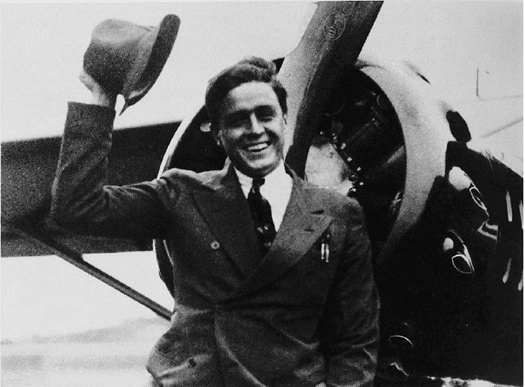
My first airplane was a Fairchild 24, which I bought in 1935. That’s real joy on my face—I’d finally discovered something I was good at.

My first try at business. I did the flying while the photographer shot pictures of yachts out the side door. We tied a rope around his waist to keep him from falling out.
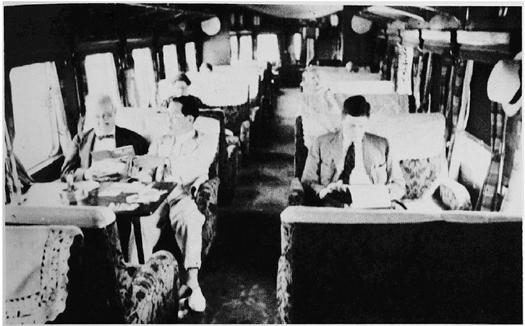
Just out of college in summer 1937, I traveled across Asia as secretary to a man selling pavilion space for the 1939 World’s Fair. A high-speed Japanese train carried us through Manchuria.

Dad striding across the courtyard of Buckingham Palace in June 1937, on his way to meet King George VI. This was my father’s proudest moment up to that point. He missed my college graduation for it. (IBM Archive)

The “Steps of Learning” at the IBM school building. This is what I faced in autumn 1937, when I returned from my world tour. (IBM Archive)

After fumbling around IBM for a couple of years I left to become a military pilot. I loved being outside Dad’s realm, even though I was initially assigned to fly clumsy observation planes. (IBM Archive)
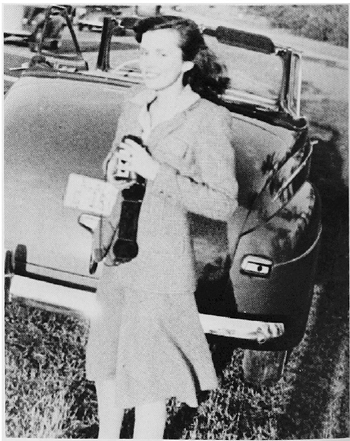
Olive Cawley often came down from New York to visit me at Fort McClellan in Alabama, where I was training. We got married a few days after Pearl Harbor.
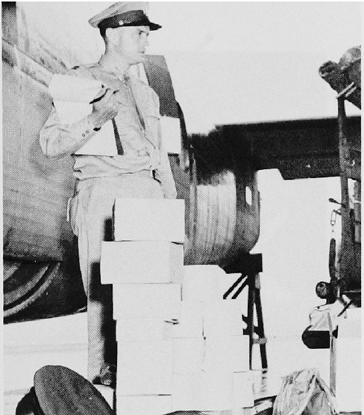
Loading our B-24 for the 1942 mission to Moscow, where we arranged for the delivery of Lena-Lease warplanes to Stalin. General Follett Bradley made me second pilot and mission supply officer—more responsibility than I’d ever had in my life.

The Bradley mission to Moscow.
(G. D. S./Jeffrey L. Ward)

My friend General Bradley, flanked by two commandants and a secret-police officer near the Soviet city of Tashkent, in November 1942. The Soviets let us fly home across their country to Alaska.
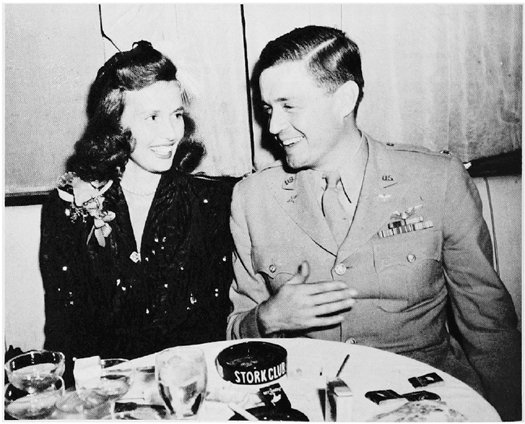
A brief respite with Olive in New York, 1944.

My first meeting with Charley Kirk, Dad’s right-hand man in Endicott, 1944. Charley wanted to take me on a tour of the IBM plant, but as we shook hands for this picture, I heard a hissing noise—the nose wheel of my plane was losing air. I took off in a hurry, since I had no orders to land at Endicott in the first place. (IBM Archive)
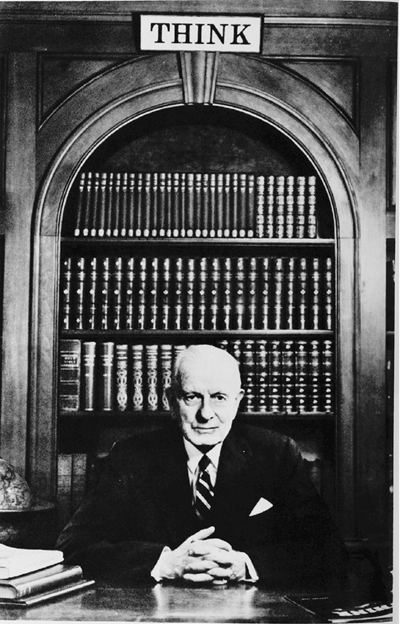
In the late ’40s, thousands of copies of this photograph by Yousuf Karsh were displayed around IBM.
(IBM Archive)
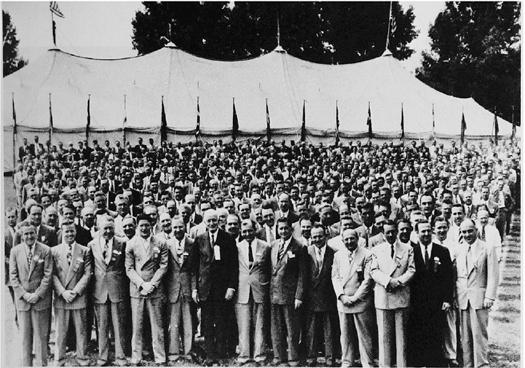
My father always loved to be among his men—this was the Hundred Percent Club in 1947, in front of the big top. (Lisa Larsen, Life magazine © Time Inc.)

Each year Dad put up a tent city in Endicott to house salesmen at the Hundred Percent Club convention. (IBM Archive)

The Selective Sequence Electronic Calculator was intended to prove that IBM could build the world’s fastest calculator: Dad’s answer to the coming of the computer age. Dad had it installed in the lobby of IBM headquarters in New York, where scientists could come in and use it for free. (IBM Archive)

The 702 was IBM’s first computer for business users. When we unveiled it in the lobby of headquarters in 1955, set off by a white floor and a bold red wall, it marked a major evolution in our product line—and a revolution in corporate style. (IBM Archive)
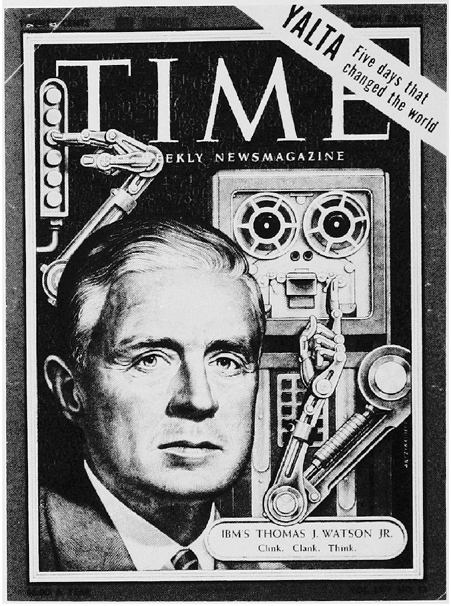
Two years after we delivered our first computers, electronic automation became big news. (Time magazine, © 1955 Time Inc. Reprinted by permission.)

We did everything we could to keep IBM in the public eye. We supplied early TV quiz shows with punch-card machines, and provided a computer nicknamed Emmy for the Katharine Hepburn and Spencer Tracy film Desk Set. (20th Century Fox)
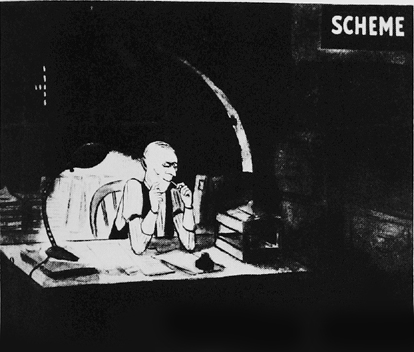
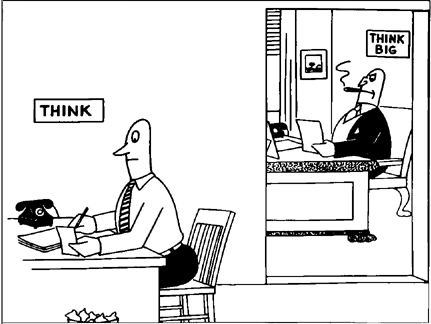
Cartoonists in the 1950s loved to poke fun at IBM’s corporate culture. We loved the free advertising. (IBM Archive)
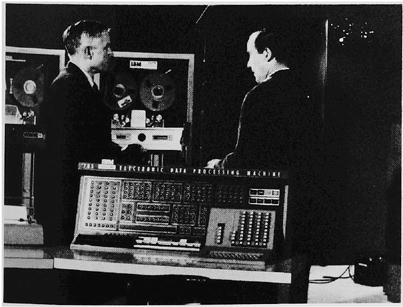
Edward R. Murrow featured an IBM computer on his show See It Now in 1957. (IBM Archive)
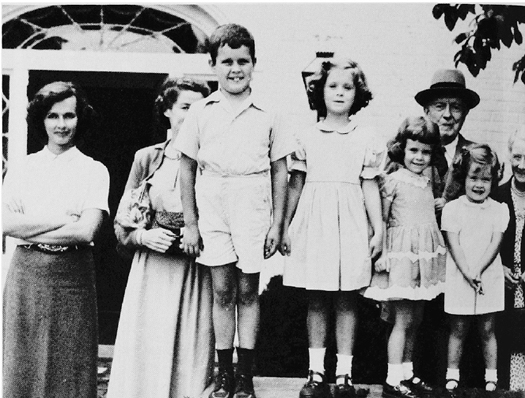
A sampling of Watsons: Olive, my sister Jane, my children Tom, Jeannette, Olive, and Susan, with Mother and Dad in 1951.

Saying good-bye at the station in 1955. When Dad got very old, he and Mother spent weeks at a time attending IBM dinners and visiting sales offices across the United States. (IBM Archive)

Dad was eighty-two, and I was forty-two, when he finally gave me control of IBM in 1956. (IBM Archive)

The fall of 1956, after Dad died, was the loneliest time of my life. (Erich Hartmann/Magnum)

I felt great pressure to keep IBM moving fast. Here I’m lecturing executives about a product delay at our Poughkeepsie plant in 1957, IBM’s first billion-dollar year. (John Loengard, Life magazine © Time Inc.)

I liked to fly the corporate plane—here a DC-3—on business trips. It was relaxing—for me, if not the Other executives On board. (John Loengard, Life magazine © Time Inc.)
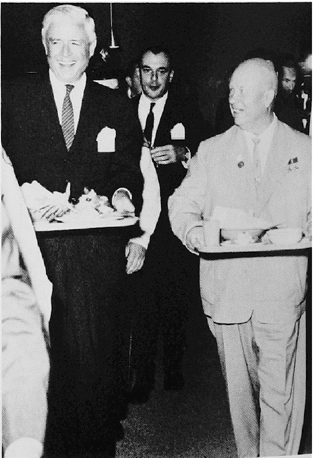
Khrushchev visiting our San Jose plant. He was the only man I ever met besides my father who could walk into a room crowded with hundreds of people and charm every individual there. (Wide World Photos)

IBM lost its stodgy image and became a leader in corporate architecture during the postwar boom. At top, IBM’s Endicott lab, built in the 1930s
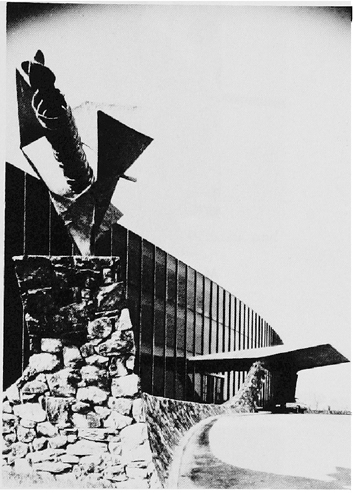
The Thomas J. Watson Research Center in Yorktown Heights, New York, designed by Eero Saarinen and dedicated in 1961. (IBM Archive)


Instead of adopting a single corporate look that could become dated, we hired top industrial designers and let them explore their own ideas. IBM Selectric, by Eliot Noyes; IBM logos, by Paul Rand. (IBM Archive)
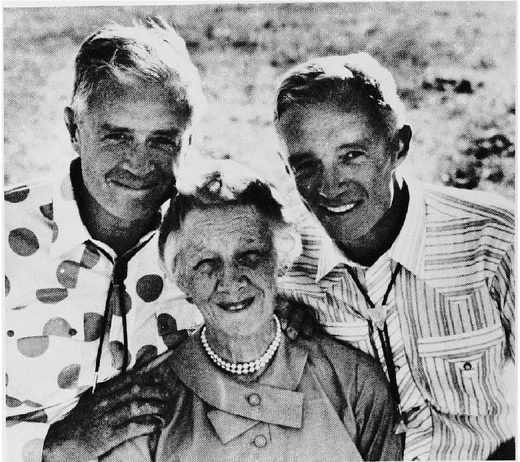
Mother, Dick, and I at a 1961 family reunion near Cody, Wyoming. Much to her surprise, she blossomed in the years after Dad’s death.
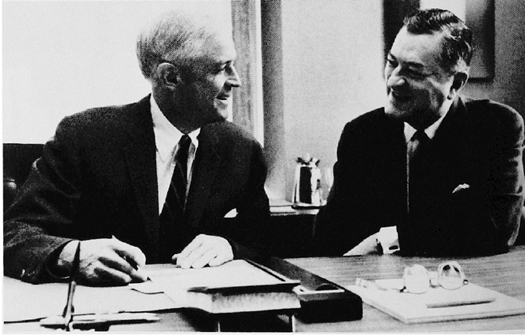
My happiest years at IBM were the early 1960s, after Al Williams became president. (IBM Archive)
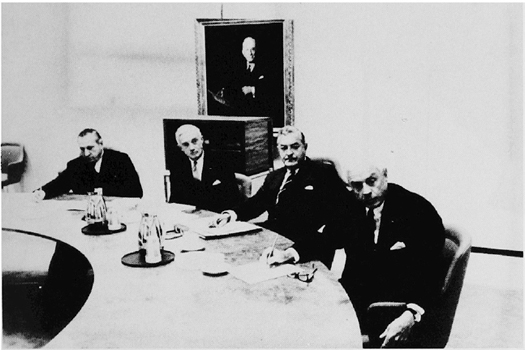
At the height of the System/360 crisis in late 1965. Vin Learson, my brother Dick, Al Williams, and I were trying to avert what would have been the worst disaster in IBM history. (IBM Archive)

System/360 prompted most businesses to adopt IBM computers as a standard. Soon after deliveries began, Vin Learson, the father of the new line, succeeded Al Williams as president. (Mel Koner)

Off the coast of Greenland near Godhavn, summer 1974.

Aboard Palawan off the coast of Sweden in summer, 1958. This is the way my children would see me when they came up on deck.
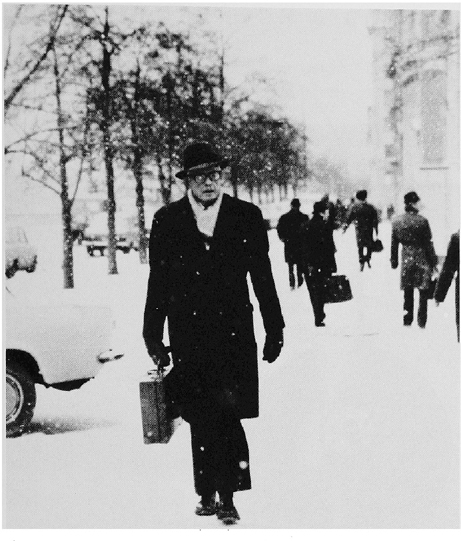
As U.S. Ambassador to Moscow I usually walked to work, leaving the embassy limousine at home. The city was colder and lonelier than I remembered it. (AP/Wide World Photos)

When the Soviets invaded Afghanistan in late 1979, I was called back to Washington to confer with President Carter and Secretary of State Vance. I’d been ambassador barely two months. (The Jimmy Carter Library)

This World War I Sopwith Pup nearly killed me in 1989. I was flying alone, fifteen hundred feet above the wooded Maine countryside, when a wire came loose and the engine went dead. The only possible spot for an emergency landing was this small field. (Michael McGuire/Courier-Gazette)